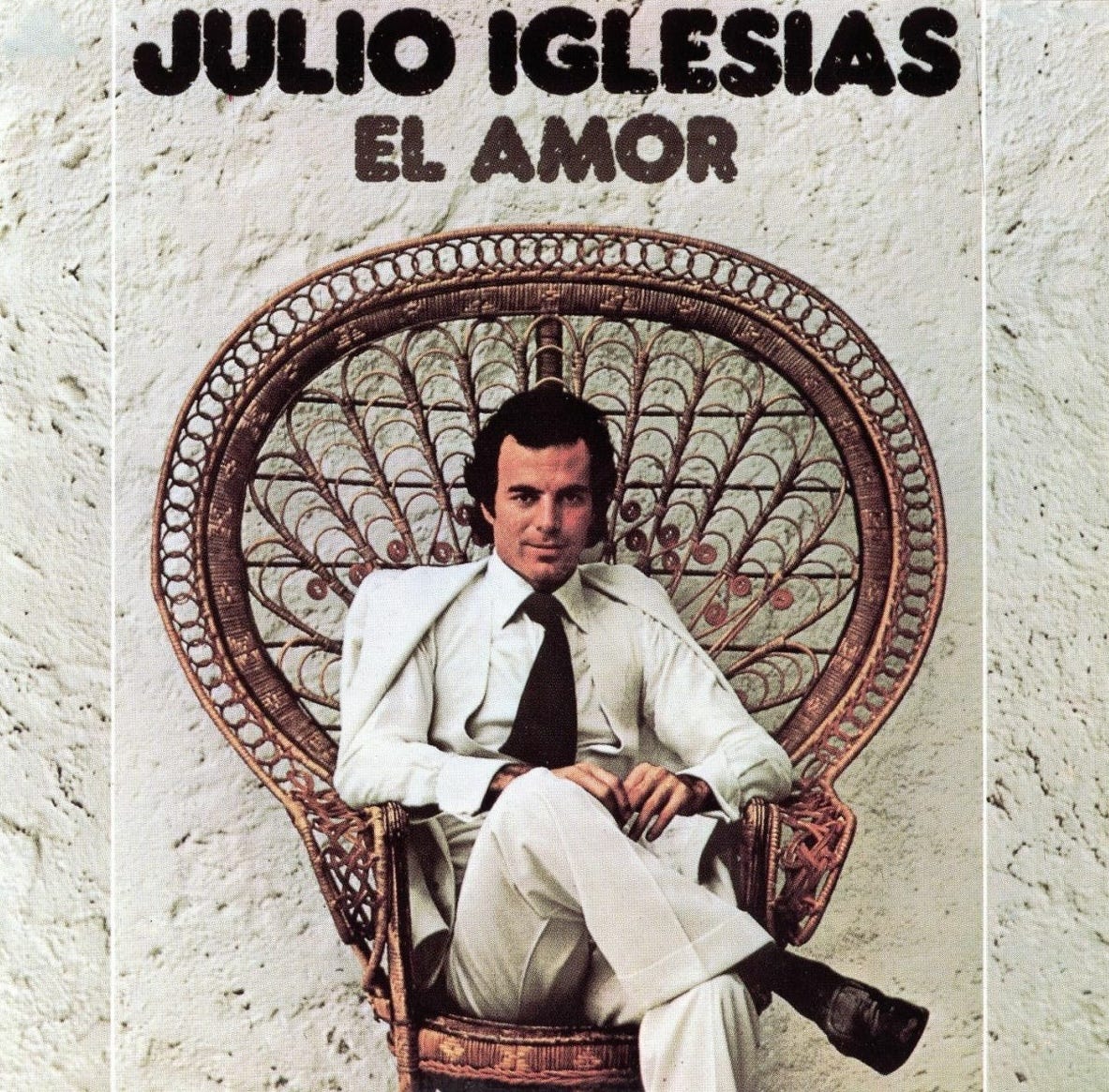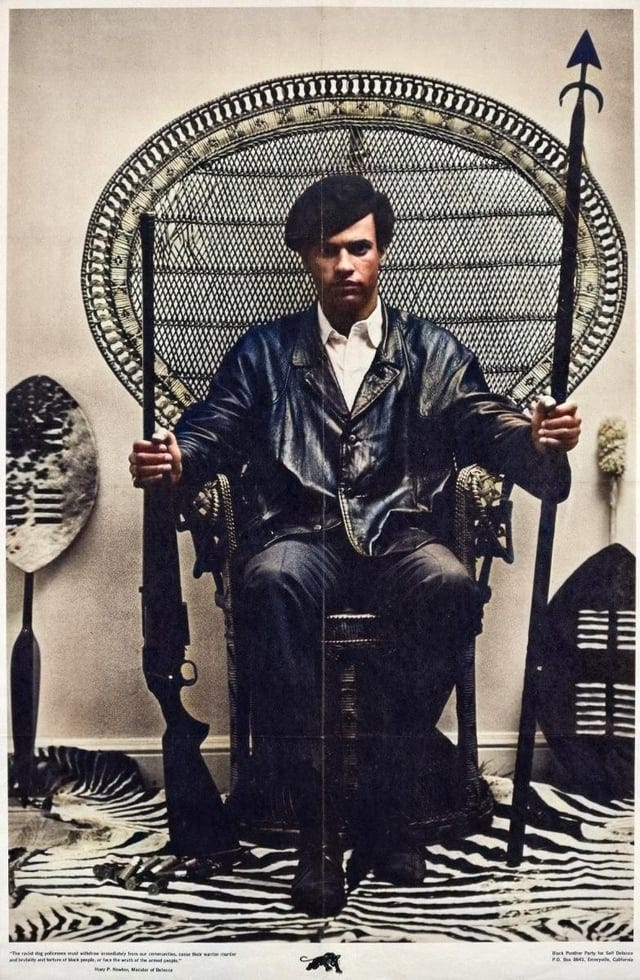As a child growing up in the early 90s, the peacock chair was a fixture in almost every Puerto Rican baby shower I attended. Its grand, intricate design seemed almost out of place among the plastic chairs and party tables, yet it demanded attention in a way no other object could. There was something special about it, something that made it feel more than just a chair. I remember sitting in it once, feet dangling, wondering why it was always reserved for the mom-to-be. The towering backrest sparked my curiosity, yet I didn’t know what kind of chair it was or where it came from. To me, it was a mysterious throne, a piece of art that carried a silent but undeniable sense of importance.
In my later years, I began to notice the peacock chair beyond baby showers, I mean it was everywhere! It appeared in movies, in magazines, and album covers. From Soul and Funk to Jazz, Blues, and even Folk music, the chair served as a recurring visual motif, lending an air of artistry and distinction. Album covers by artists like James Brown, Al Green, and Julio Iglesias showcased the chair in its full glory, often placing the artist in its embrace as if to signify their power and connection to a cultural lineage. Each appearance seemed intentional, as though the chair itself carried a narrative of ones individuality and even rebellion. This feeling sent me down the rabbit hole to uncover every image I could find of the Peacock Chair on album covers.
The peacock chair transcended its function as a seat, becoming a medium for self-expression and a symbol of power and status. Nowhere was this more evident than in the iconic photograph of Black Panther leader Huey Newton, seated in a peacock chair flanked by spears and shields, embodying resistance and authority. This motif of using furniture as a symbol has evolved over time, influencing mid-century modern and Italian design, where sculptural chairs like the Eames Lounge or the Tulip Chair became design choices that conveyed influence. Today, these pieces are props as much as they are functional, used to communicate status and individuality, much like the peacock chair did in its heyday. Through its journey, the chair remains a testament to how design can carry cultural weight and meaning across generations.
Here are is a short collection of my favorite album covers that feature the Peacock Rattan Chair as well as a great source of inspiration completed by Vox.
Video: Here
Vox Video: Here
Purchase your own Peacock chair: Here








